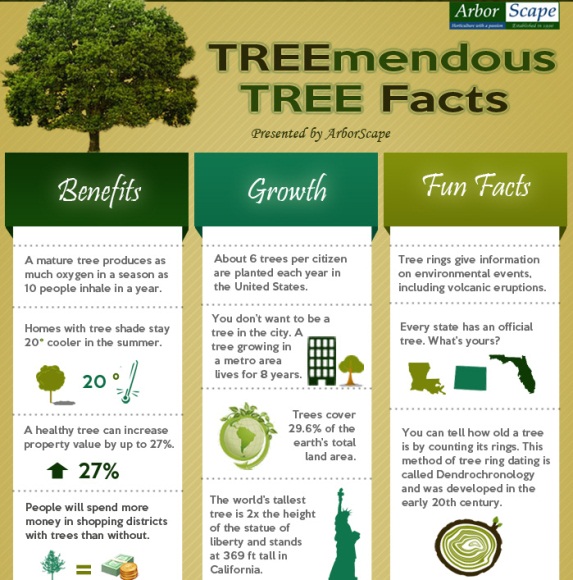When it pertains to seasonal tree treatment, making sure correct monitoring prior to and after elimination can considerably impact the health and wellness and visual appeals of your landscape. By understanding the necessary steps associated with evaluating tree health and wellness and getting ready for removal, you can proactively secure your home. However what regarding the important techniques to follow when the tree is gone? Remain tuned to uncover the crucial post-removal care steps that will certainly assist you cultivate a growing and lasting environment for your trees.
Pre-Removal Tree Treatment
Prior to resolving the removal of a tree, it's important to focus on pre-removal tree treatment. Beginning by evaluating the tree's health and structural integrity. Look for signs of condition, bug invasions, or any kind of structural issues that may posture a security risk during removal. It's vital to seek advice from a qualified arborist to identify the best strategy.
Pruning dead or diseased branches can protect against further damages to the tree and make sure a smoother removal process.
Furthermore, consider the ecological influence of removing the tree. a cut above tree service play an essential duty in our community, so planting a brand-new tree in an ideal area can aid offset any kind of loss. Guarantee that you have the needed licenses and consents for tree elimination, particularly if the tree is shielded by neighborhood regulations.
Seasonal Upkeep Tips
Evaluating your tree's needs throughout the year is essential for its health and long life. To maintain your trees in leading condition, follow these seasonal maintenance pointers.
In spring, concentrate on pruning to get rid of dead or damaged branches and motivate brand-new development.
Summer calls for regular watering, especially throughout dry spells, to ensure your tree remains hydrated.
As fall methods, keep an eye out for early indicators of disease or stress, and think about using compost to secure the origins throughout wintertime.
In winter, beware when removing snow from branches to prevent breakage, and remain to check your tree's overall wellness.
Keep in mind to readjust your treatment routine based on the certain requirements of your tree varieties and local environment. By remaining mindful and proactive throughout the seasons, you can aid your trees thrive and thrive for many years ahead.
Post-Removal Tree Care
To ensure the health of your landscape also after tree elimination, proper post-removal care is essential. After a tree is gotten rid of, it's critical to fill up the staying hole with topsoil and small it to avoid settling. This will aid keep the stability of the ground and avoid potential dangers in the future.
Consider growing new plant life in place of the removed tree to bring back the equilibrium and aesthetics of your landscape. Routinely water the area to promote the development of brand-new plants and stop dirt disintegration.
Evaluate the bordering trees for any type of signs of disease or stress that may have been brought on by the removed tree. Watch out for bugs that might've been brought in to the previous tree and take safety nets to secure the remaining plants.
If navigate to this website , talk to an expert arborist to examine the impact of the removal on the surrounding trees and figure out any kind of additional treatment required. By complying with these post-removal care actions, you can ensure the ongoing health and wellness and beauty of your landscape.
Verdict
To conclude, positive seasonal tree treatment is vital for keeping the health and equilibrium of your landscape. By analyzing Read the Full Document , pruning, and seeking advice from an arborist prior to elimination, you can make certain a safe process. After https://gettingridofastump05163.newsbloger.com/31775594/seasonal-tree-maintenance-standards-for-managing-trees-prior-to-and-after-they-are-gotten-rid-of , loading the hole, growing new vegetation, and routine watering will certainly advertise brand-new development and stop erosion. Remember to inspect bordering trees for disease and seek further treatment actions from an arborist to keep your landscape growing.
